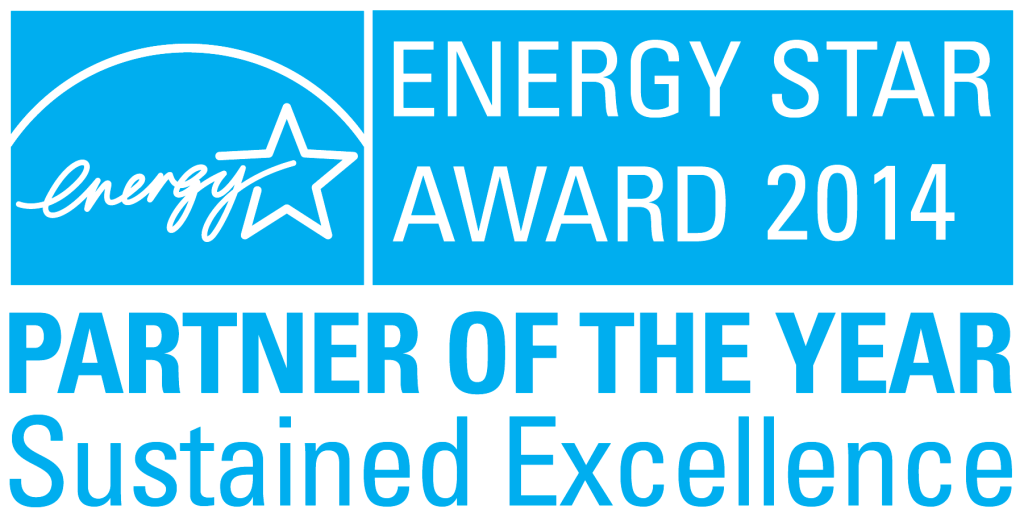The Secret Behind Our Region’s Success: ENERGY STAR
By Sue Coakley | Thu, April 13, 17
The US EPA’s ENERGY STAR Program, created in 1992 under the President George H. W. Bush administration, is a star performer in the Northeast and Mid-Atlantic energy efficiency success story. NEEP states and efficiency programs – from the District of Columbia to Maine – rely on the ENERGY STAR label to distinguish quality and efficient lighting products, home appliances, consumer electronics, and homes and buildings in order to help meet aggressive energy savings goals, comply with legislative mandates, and reduce carbon emissions.
Goodbye Residential Lighting, Hello New Efficiency Opportunities!
By Claire Miziolek | Wed, January 11, 17
It is with mixed emotions that I write this blog to bid adieu to one of the hallmarks of energy efficiency, residential lighting. While homes across the region and nation still have inefficient lighting technologies installed, the market transformation path for this measure is all but inevitable, and the need for NEEP’s continued thought leadership has ended.
The Policy Tracker: Fall 2016
By Brian Buckley | Tue, October 18, 16
As the days grow shorter, the broader electric grid is now on entering its shoulder months, a time of rest and repair for the electric grid with few forecasted peaking events. Yet, while the grid is beginning to show signs of cooling, the energy efficiency landscape remains red hot. Read on below for the latest state-by-state summaries…
The Changing of the Guards in Residential Lighting
By Claire Miziolek | Mon, January 25, 16
After much pageantry and ceremony, a new LED is on course to de-throne the “traditional” options in efficient residential lighting. A new class of LEDs - with lifetimes lower than those that currently wear the ENERGY STAR mark - are set to replace traditional LEDs and CFLs in the residential lighting market.
Energy Efficient Heat Pump Clothes Dryers Have Landed in the U.S.
By Samantha Bresler | Wed, December 10, 14
How do you do your laundry? Generally, people do it begrudgingly, but when NEEP thinks about laundry we see an opportunity. Especially when policies for clothes dryers lag behind other household appliances, there could be potentially large energy, financial, and carbon emission savings. Coupled with the fact that about 80% American households have dryers, those individual appliances can really add up.
Sustained Excellence for Sustained Savings
By Samantha Bresler | Wed, May 7, 14
 April 29, 2014 was our night. This was the Oscars, the Grammys, and the Super Bowl for the Energy Efficiency industry. The ENERGY STAR Awards Ceremony was a tour-de-force event and it seemed like everyone was there. The cheerful mingling, clinking china, and upbeat presentations made one wonder if the animated scenes from F.
April 29, 2014 was our night. This was the Oscars, the Grammys, and the Super Bowl for the Energy Efficiency industry. The ENERGY STAR Awards Ceremony was a tour-de-force event and it seemed like everyone was there. The cheerful mingling, clinking china, and upbeat presentations made one wonder if the animated scenes from F.Efficiency’s Climate Manifesto
By Samantha Bresler | Wed, March 19, 14
Energy Efficiency has an impediment when it comes to being recognized as a climate solution – it lacks oomph appeal. It doesn't have Solar energy’s dazzling solar arrays glinting in the brilliant radiance of the sun. Nor does it have Wind energy’s elegantly arching wind mills, so sophisticated and alluring so as to capture the mind of Don Quixote. It doesn't even have Hydropower’s ferocious tumble and roar of water. Nope, it has none of that. What does it have? It has regulations, excel spreadsheets and technological advances.
Building Rating Helps Markets Understand and Value Energy Efficiency
By Allison Webster | Tue, August 27, 13
